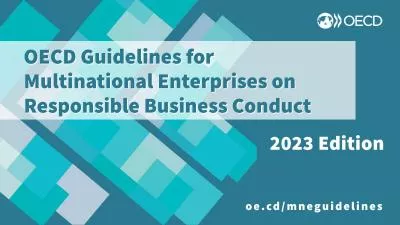PPT-Chapter 39 Notes
Author : jane-oiler | Published Date : 2016-09-13
Plant Responses to Internal and External Signals Concept 391 Concept 391 Concept 391 Messages are sent by hormones through a signaltransduction pathway a hormone
Presentation Embed Code
Download Presentation
Download Presentation The PPT/PDF document "Chapter 39 Notes" is the property of its rightful owner. Permission is granted to download and print the materials on this website for personal, non-commercial use only, and to display it on your personal computer provided you do not modify the materials and that you retain all copyright notices contained in the materials. By downloading content from our website, you accept the terms of this agreement.
Chapter 39 Notes: Transcript
Download Rules Of Document
"Chapter 39 Notes"The content belongs to its owner. You may download and print it for personal use, without modification, and keep all copyright notices. By downloading, you agree to these terms.
Related Documents

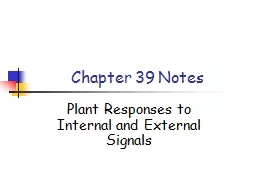
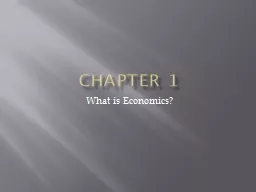
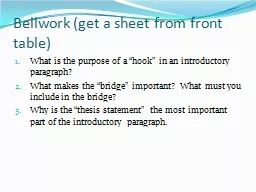
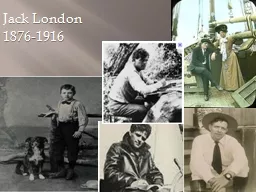
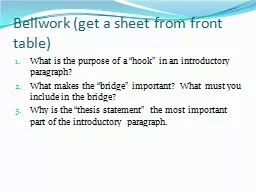



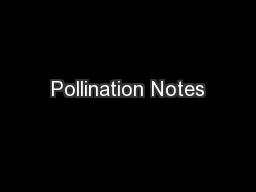



![[EPUB] - Sloth Cornell Notes Notebook: An 8.5 x 11 cornell notes notepad, cornell notes](https://thumbs.docslides.com/907355/epub-sloth-cornell-notes-notebook-an-8-5-x-11-cornell-notes-notepad-cornell-notes-pad-cornell-notes-book-note-taking-notebo.jpg)
